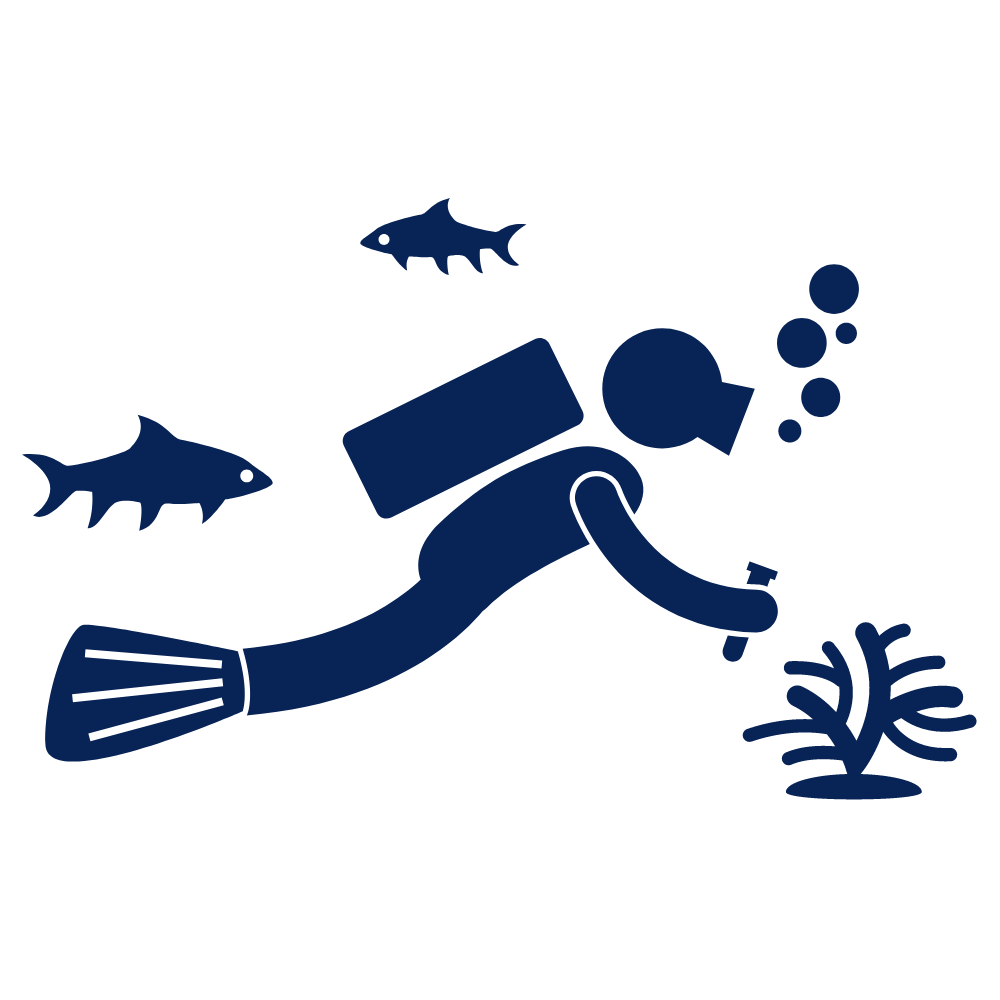Posted by admin | 10.02.2014 | Marine Science
Seabirds
 Marine birds have generally evolved to survive and feed near the sea. Though the name suggests a life at sea many species spend a good portion of their life hundreds if not thousands of miles inland. Nesting grounds can be far from the coast with birds traveling to seek food.
Marine birds have generally evolved to survive and feed near the sea. Though the name suggests a life at sea many species spend a good portion of their life hundreds if not thousands of miles inland. Nesting grounds can be far from the coast with birds traveling to seek food.
 There is no generalization that encompasses all types of sea dependent birds, but in general seabirds expel a large amount of energy on raising their young, of which they have fewer than most terrestrial birds. Due to the excess amount of care required to insure the survival of their offspring both parents typically participate in caring for the young. Parental pairs can be monogamous for a season or a lifetime depending on the species.
There is no generalization that encompasses all types of sea dependent birds, but in general seabirds expel a large amount of energy on raising their young, of which they have fewer than most terrestrial birds. Due to the excess amount of care required to insure the survival of their offspring both parents typically participate in caring for the young. Parental pairs can be monogamous for a season or a lifetime depending on the species.
Another characteristic that often set seabirds apart is the vast migration a few species undertake between feeding, breeding, and nesting grounds – some seabird are even capable of circumnavigating the globe!
D epending on a species individual feeding habits most have developed adaptations which equip them for a life at sea. Diving birds typical have shorter wings and denser feathers -while the heavy migrators, such as the albatross, depend on gliding to conserve energy during flight. Webbed feet and Waterproof plumage are very common as with most aquatic birds they help in propulsion and body heat retention both above and below the water. Slat glands are exhibited in most species to handle the excess salt consumer when eating and drinking at sea.
epending on a species individual feeding habits most have developed adaptations which equip them for a life at sea. Diving birds typical have shorter wings and denser feathers -while the heavy migrators, such as the albatross, depend on gliding to conserve energy during flight. Webbed feet and Waterproof plumage are very common as with most aquatic birds they help in propulsion and body heat retention both above and below the water. Slat glands are exhibited in most species to handle the excess salt consumer when eating and drinking at sea.


 Marine Bio
Marine Bio SCUBA
SCUBA Travel
Travel School Groups
School Groups Sign Up
Sign Up CONTACT
CONTACT CAMPS
CAMPS ABOUT
ABOUT